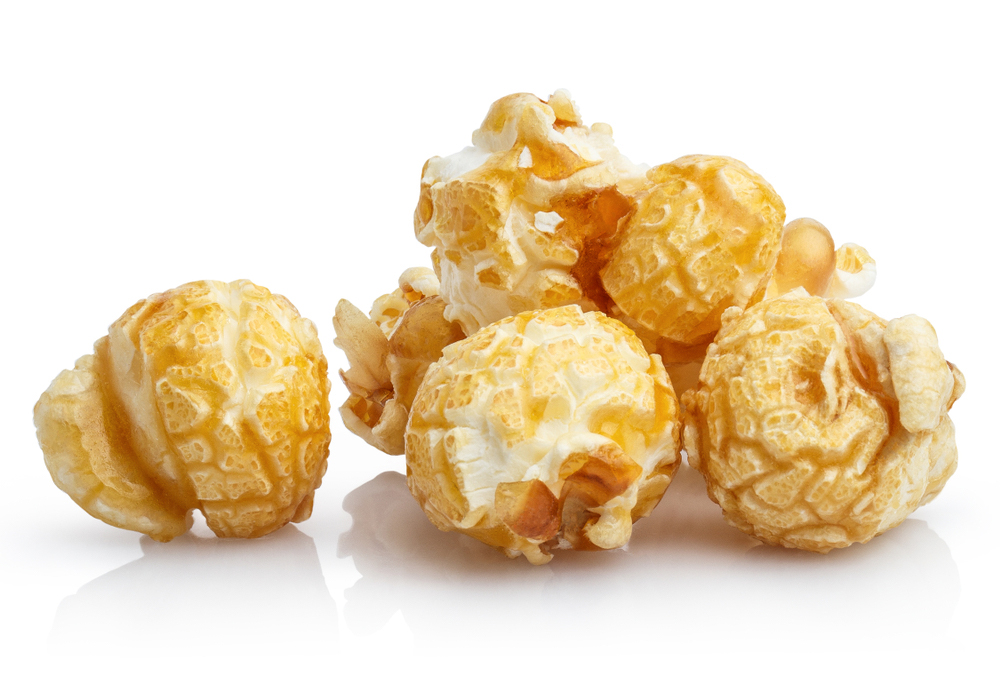Popcorn – From the field to the Customer
Popcorn growing areas
Historically popcorn was only grown in the United States. Today popcorn is grown all over the world. While the majority is still grown in the United States a significant amount is now produced in Argentina, Australia, South Africa, Ukraine, and many of the European countries. Popcorn may be grown wherever other hybrids of corn are grown. One of the largest contributors to popcorn quality is the processing that the corn is subjected to after the corn is picked. In this area the United States processors usually have more experience than those in other parts of the world.

Raw popcorn processing
Popcorn grows on a stalk like other corns and can be harvested by the same processes. However to get top quality several precautions must be taken. The popcorn plants and ears are not as large as those of field corn, which is much more commonly grown. Adjustments and modifications to the machinery must be made to be sure the popcorn kernels are not damaged in the picking and shelling process. The damage to the kernels takes on the form of scratches or cracks in the pericarp. This damage to the pericarp reduces the popping expansion of the kernels during popping. To avoid this problem in the past some processors would pick the corn and keep it on the ear and shell it at a central plant with equipment adjusted to handle the smaller ears. This usually led to higher costs but the corn was promoted as very high quality.
Moisture content
After the corn is sorted and cleaned it is dried to the proper moisture to provide the maximum expansion of the corn. Once corn has been dried it may be stored almost indefinitely as long as the moisture level is not permitted change. Kernels of popcorn over 4000 years old found in the caves in New Mexico were popped in a test.
Corn that has been stored for a period of time will have more uniform moisture than recently picked and process corn. The result is easier operation and tuning up of automatic machinery.
Popcorn is usually delivered to the user with moisture content between 13.5% and 14.5%. The actual moisture content will depend on the hybrid and what the corn processor determines will give the popcorn maximum expansion when popped. Old corn is not a concern as long as the corn has been stored in such a way that the correct moisture is maintained.
The correct moisture for popcorn is in the range of 13-½ to 14-½ %. The correct moisture will vary from hybrid to hybrid and is not a given value. Too little moisture and the kernel will not pop, too much and it may become moldy in storage before it is used.
Most processors utilize computerized color sorters. Virtually each kernel is inspected by an optical system that identifies any discolored kernels, weed seeds, stones, etc., and removes them with a jet of air. The clean corn is then sent to packaging.

